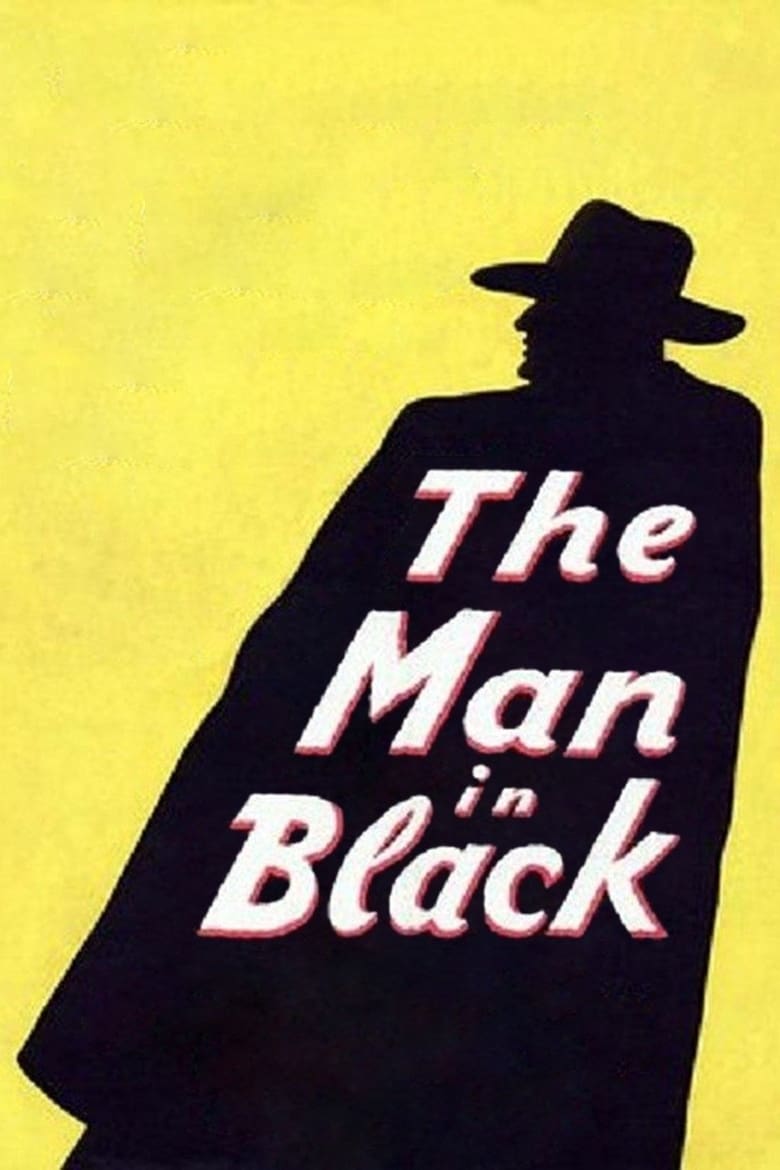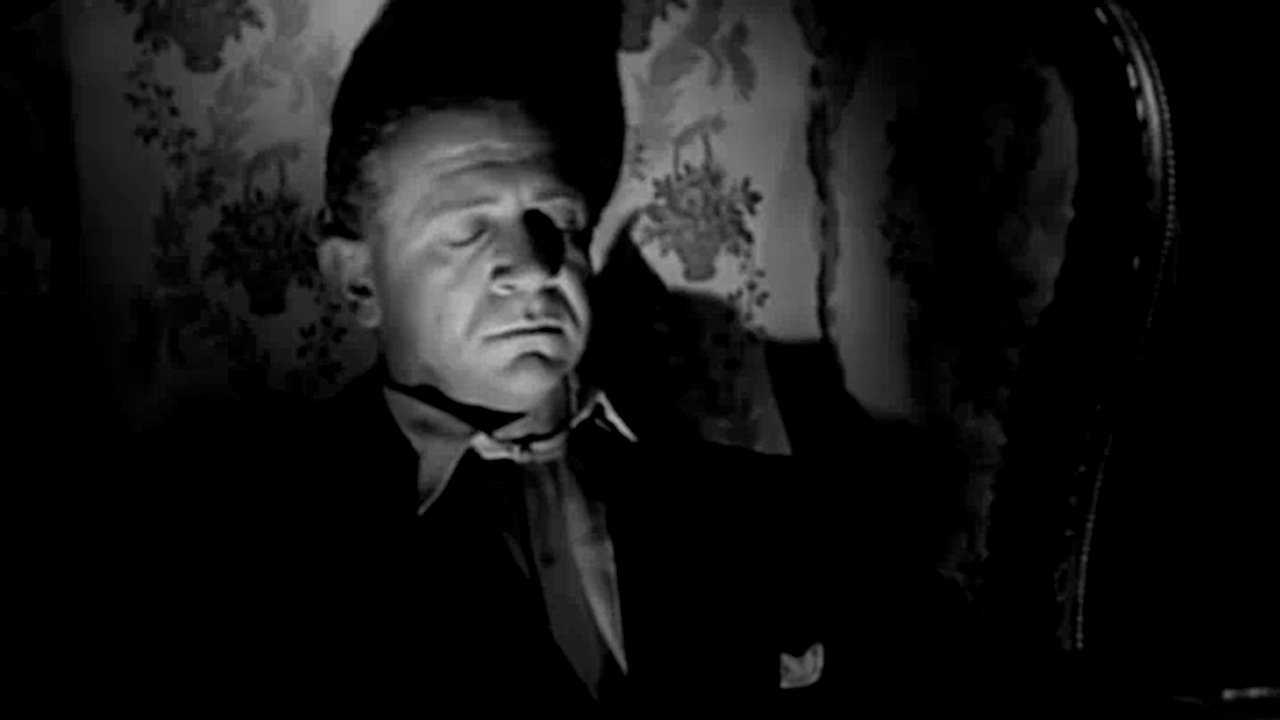Oakfield Towers ... The Scene...
The Man in Black is directed by Francis Searle and Searle co-writes the play with John Gilling. It stars Betty Ann Davies, Sheila Burell, Sid James, Anthony Forwood and Mollie Palmer. Music is by Frank Spencer and Rupert Grayson and cinematography by Cedric Williams.
Out of Hammer Films, this adaptation from a radio series is a tight little "Gaslight" suspenser. Story basically entails a young lady recently bequeathed her father's inheritance, who is at the mercy of scheming family members intent on ensuring she doesn't get what's rightfully hers.
The core of the plot is quickly revealed to us, so there is no pretention as to this being a supernatural dark house spooker - which is on the cards given the splendid shadowy and creaky setting of the Oakfield Towers mansion.
Story moves through a number of pleasant surprises, murder and intrigue prominent, motives straight and sketchy depending on certain characters' involvements, and thankfully the final run in has some weighty surprise value as well.
It's all very correct in dialogue and a little camp in places, but it's clever in its telling and nicely performed by the cast. 6.5/10



